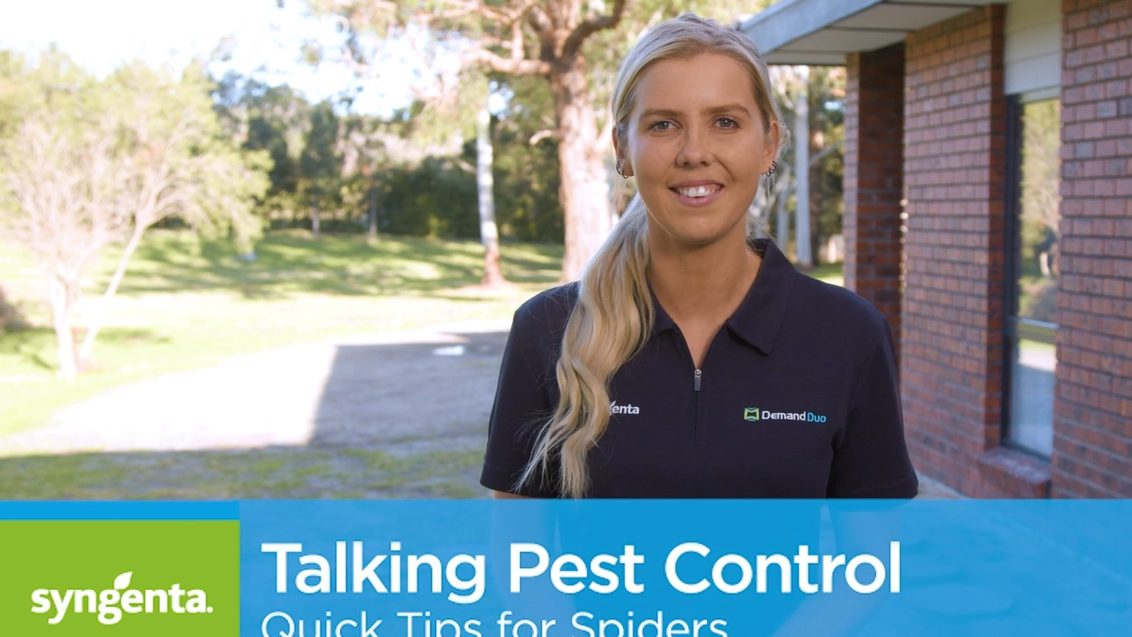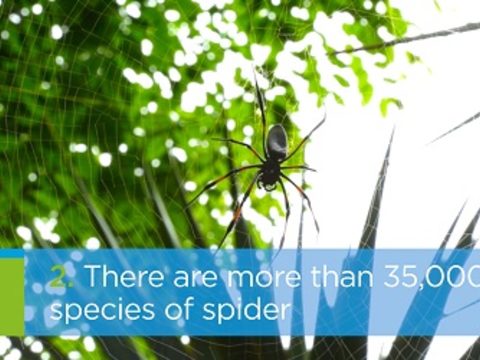Achieve spider control with microcap technology

Spiders may not damage property, create allergens or transmit diseases, but they are still an undesirable houseguest for many Australians.
Finding a successful control solution, though, can be challenging. The usual tactics and physical measures aren’t always enough as some species – especially web-builders – can travel without making much body contact with a treated surface. Unless you take proactive steps to increase the chance of a spider acquiring a lethal dose of insecticide, this can make your treatment ineffective, leading to multiple call backs and unsatisfied customers.
Getting proactive with spider control
Fortunately, there are actions you can take to improve insecticide uptake in spiders.
First, carefully assess where you apply your spray around your customer’s home. Due to limited contact while travelling, applications should be directed at where spiders rest rather than areas where they pass through. This includes corners, floor-to-wall junctures, sill plates/header areas of unfinished basements and crawl spaces, ceiling-to-wall junctures above overhead garage doors, structural components, flooring, active webs around harbourages, entry points around windows and doors, and utility penetrations.
Second, consider using microencapsulated pyrethroid insecticides as part of your integrated pest management approach.
Microencapsulation is when an insecticide’s active ingredient is encased by a protective coating made of polymer. After application, this plastic coating breaks down and releases the active ingredient inside, usually in a ‘timed’ slow release to provide residual coverage. This process has proven to be highly effective against a wide range of spiders, making them particularly successful at controlling these pests in the places where they dwell.
The power of microencapsulation with DEMAND® Insecticide
Syngenta has harnessed the advantages of microencapsulation with DEMAND®: a versatile residual spray that can be applied to control spiders and other pests as a spot spray, crack-and-crevice or perimeter exterior banded application.
Featuring iCAPTM technology and the powerful active ingredient Lambda-Cyhalothrin, DEMAND® slowly releases up to 1,500 microcaps per square centimetre in a single application.
The polymer capsule not only protects the active ingredient but masks its repellence so that the spider cannot sense it until after absorbing a lethal dose. The capsules become lodged in a spider’s tarsal claws, the tufts of hairs between claws, and in other hairs on a spider’s legs.
The smaller microcaps release the active ingredient quickly for a fast knock-down effect, while the larger microcaps remain intact for longer. The different sizes of microcaps mean active ingredient is released over different periods of time. This delivers effective long-term residual control – up to three months in exterior application and up to 12 months inside.
Hit spiders hard with DEMAND® DUO
Syngenta has also developed DEMAND® DUO: an indoor and outdoor general pest spray solution which combines DEMAND®’s iCAPTM technology and Lambda-Cyhalothrin with a suspension concentrate (SC) of Thiamethoxam.
This unique ZC formulation delivers a powerful knockdown and excellent residual control that goes the distance on a wide range of pests. To control spider species, apply DEMAND® DUO to known spider harbourages like cracks and crevices, and leave the webs for a couple of days after application. If the webs have already been removed, apply the insecticide to the areas where they were, as spiders are likely to return to these areas to reconstruct them.
Both DEMAND® and DEMAND® DUO effectively control spiders when used as part of an integrated pest management strategy. This gives customers peace of mind and ensures your quality of service is of the highest standard.
Check out these videos with some Fun Facts on Spiders and Tips for using DEMAND® DUO on spiders.
Tips for using DEMAND® DUO on spiders



